MOLD GROWTH ON BREAD AND FRUIT
LEARNING OBJECTIVES
Differentiate between fungi and bacteria.
Perform basic mycological culturing.
Identify common household molds based on their macroscopic characteristics.
MCCCD OFFICIAL COURSE COMPETENCIES
Identify structural characteristics of the major groups of microorganism.
Compare and contrast prokaryotic cell and eukaryotic cells.
Compare and contrast the physiology and biochemistry of the various groups of microorganisms.
Apply various laboratory techniques to identify types of microorganisms.
Utilize aseptic technique for safe handling of microorganisms.
NOTES
You want to grow mold, so you need bread that does not contain preservatives (natural or artificial), Please go the bakery section of the grocery store and look at the ingredients of bread they baked. Find bread that does not contain ascorbic, citric acid, or lactic acid and purchase that. Bread from the bread aisle will contain artificial or natural preservatives and therefore cannot be used in this experiment.
PHOTO REQUIREMENTS
Take a photo with your photo ID during the lab exercises when you see this icon.
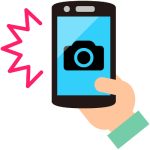
Paste these photos into the Mold Growth on Bread and Fruit Questions Document.
introduction
Mycology is the study of fungus. Fungi can grow in a wide diversity of environments, but most species require moisture. Fungi grow slower than bacteria, at a lower temperature, and lower pH than most bacteria prefer. Most fungi are unable to ingest food and must absorb nutrients from their surrounding environment. For this reason, fungi must grow directly on or in their nutrient source. Fungi secrete enzymes into their surroundings to help break down their food source and facilitate the absorption process. Fungi are eukaryotic organisms which grow as either unicellular yeast or multicellular mold.
Mold plays an important role in the environment by breaking down and digesting dead organic material. Mold reproduces asexually by producing microscopic spores, similar to seeds produced by plants. Mold spores are ubiquitous; they are found everywhere both indoors and outdoors. Mold spores can easily float through the air and can be carried great distances. The number of mold spores suspended in indoor and outdoor air fluctuates from season to season, day to day, even hour to hour. If mold spores land in a suitable growth environment, they will germinate to produce new mold.
Mold produce multicellular filaments called hyphae. Hyphal filaments intertwined into a mass, known as mycelia, can be seen macroscopically as fuzzy or hairy colorful growth. Mold absorb food through their extensive network of mycelia. There are three common household molds Rhizopus (white), Aspergillus (black) and Penicillium (green) you are likely to grow. In this experiment, you will determine which factors encourage mold growth on pieces of bread and apples.
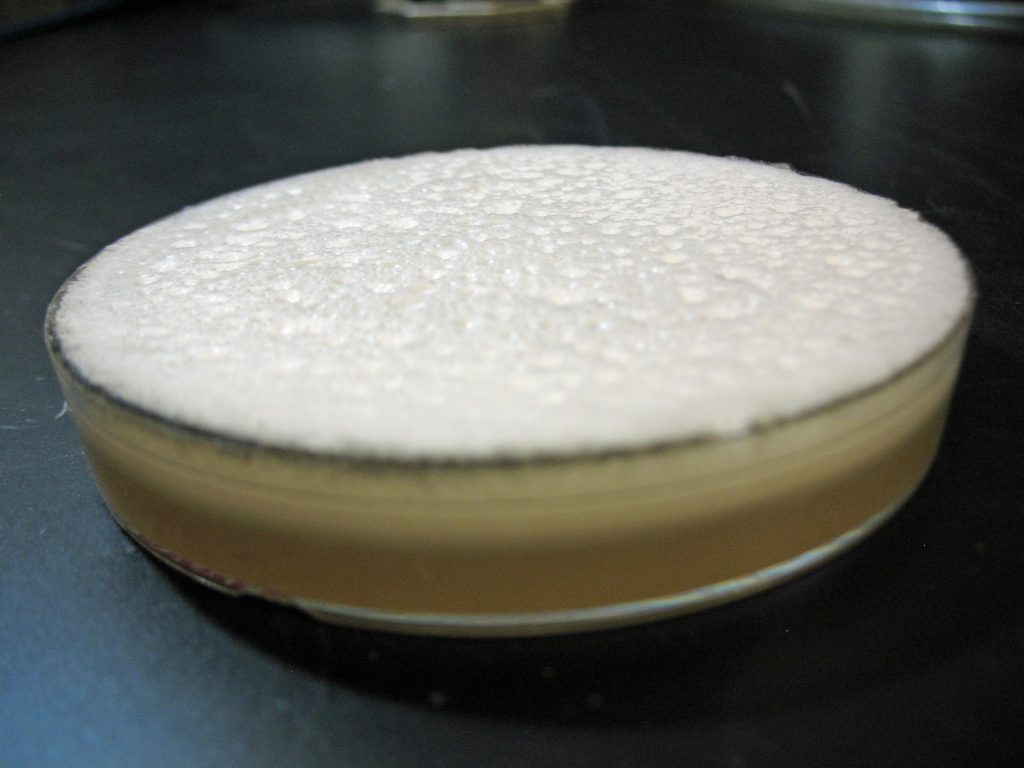
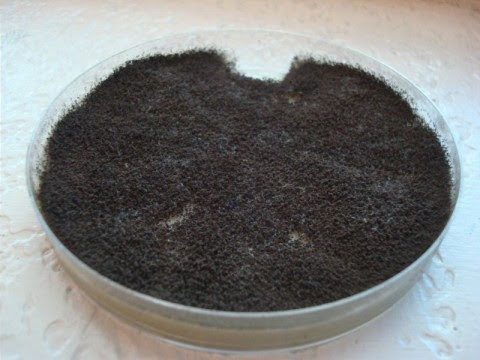
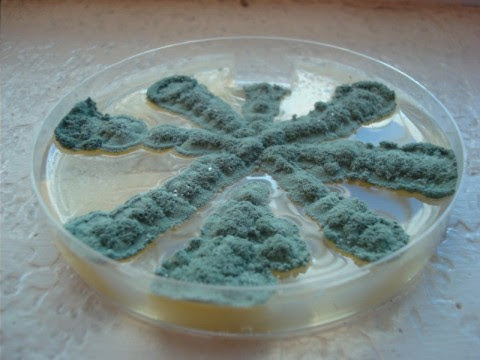
| REQUIRED SUPPLIES YOU PROVIDE |
|---|
| Resealable plastic bag sandwich or quart size (8) |
| Lemon or lime juice -can be squeezed from fruit or bottled lemon or lime juice (2 teaspoons) |
| Sugar – white (1/2 cup) |
| Measuring spoons |
| Measuring cup |
| Bread that does not contain artificial or natural preservatives. Check the label, the bread cannot contain ascorbic acid, acetic acid, lactic acid (6 slices cut into 4 pieces per slice for a total of 24 small pieces of bread) |
| Apple – any variety (1) |
| Sharp knife |
| Pan or microwavable bowl |
| Stove or microwave |
| Water – tap is fine |
| Cell phone or digital camera to take digital photos |
| Fine tip permanent marker to be used instead of grease pencil in the lab kit (optional) |
PROCEDURE
Read all instructions carefully before you start the experiment.
EXPERIMENT VIDEO GUIDE
Step 1. Use the measuring cup to measure and add 1/4 cup or 4 ounces of water to a saucepan or microwavable bowl and mix in 1/2 cup of sugar.
Step 2. Gently heat the water-sugar mixture on the stove or in the microwave, stirring occasionally until all of the sugar is dissolved. Use caution when removing the solution from the microwave/stove as it will be hot. Allow the solution to cool. The cooled sugar-water solution will be a little thick, like syrup.
Step 3. Use the permanent marker or grease pencil to label the plastic bags with the following titles: “Bright, Control,” “Bright, Water,” “Bright, Sugar,” “Bright, Lemon or Lime,” “Dark, Control,” “Dark, Water,” “Dark, Sugar,” and “Dark, Lemon or Lime”.
Step 4. Cut the 6 slices of bread into 24 pieces total (4 pieces from each slice).
Step 5. Cut the apple into 24 slices.
Step 6. Place 3 pieces of bread and 3 slices of apple into each plastic bag.
Step 7. Add 1 teaspoon water to the two bags labeled “Bright, Water” and “Dark, Water”; add 1 teaspoon of the cooled sugar-water solution to the two bags labeled “Bright, Sugar” and “Dark, Sugar”; add 1 teaspoon of lemon or lime juice to the two bags labeled “Bright, Lemon or Lime” and “Dark, Lemon or Lime”. Do not add anything to the bags two labeled Control.
Step 8.  Take a single photo that includes all of the bags with your photo ID.
Take a single photo that includes all of the bags with your photo ID.
Step 9. Find a well-lit, warm location (e.g. a windowsill or under a lamp) in which to place the 4 bags labeled “Bright”.
Step 10. Find a dark, warm location (e.g. a warm closet) in which to place the 4 bags labeled “Dark”.
Step 11. Examine the bags every day for 14 days and look for mold formation on the bread and apple pieces. Record the day (1-14) that mold growth was observed in the data table in the Mold Growth on Bread and Fruit Questions document. If no mold growth was observed in 14 days, record “no growth”. For example, if mold was first observed on the bread in the “Dark, Water” bag on day 3, record 3 in the data table. If no mold growth was observed in the “Control, Dark” bag after observing the bag every day for 14 days, record “no growth” in the data table. On day 14 record the number of pieces of apple (0-3) and the number of pieces of bread (0-3) in each bag that have mold growth in the data table.
AFTER 14 DAY INCUBATION WITH DAILY DATA COLLECTION
Step 1. After the 14 day incubation,  Take a single photo that includes all of the bags with your photo ID.
Take a single photo that includes all of the bags with your photo ID.
Step 2. Do not open the bags when you are finished with the experiment. This will disperse mold spores and contaminate your work area. Dispose of the sealed bags in the trash and remove the trash bag from your living area.
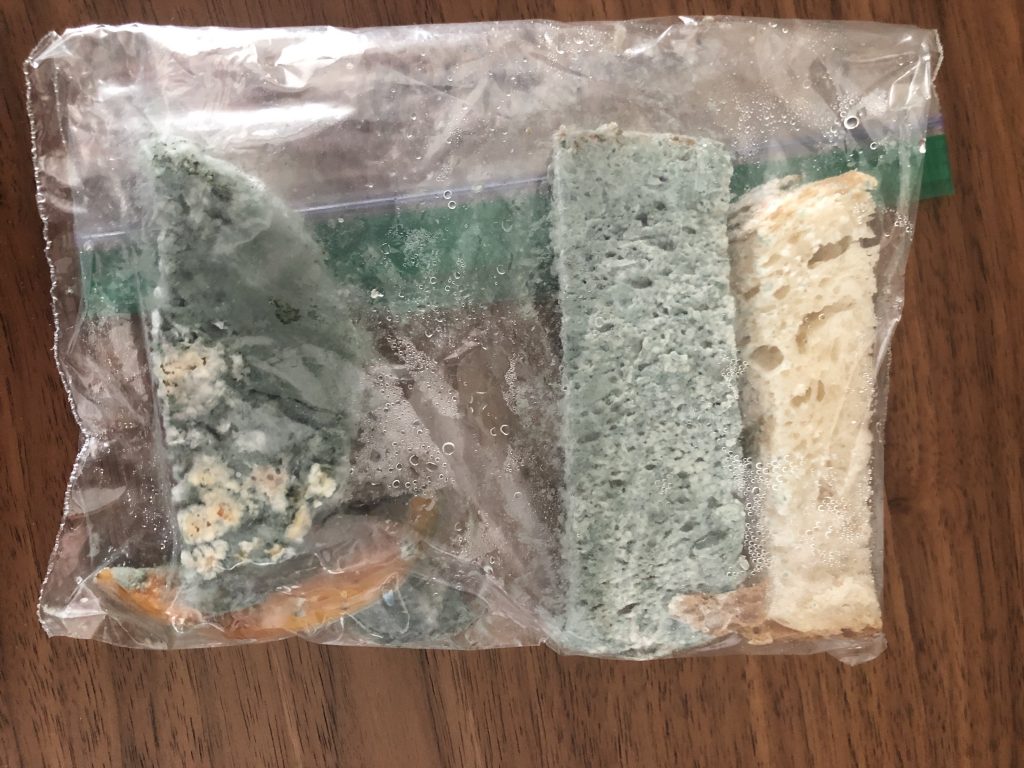
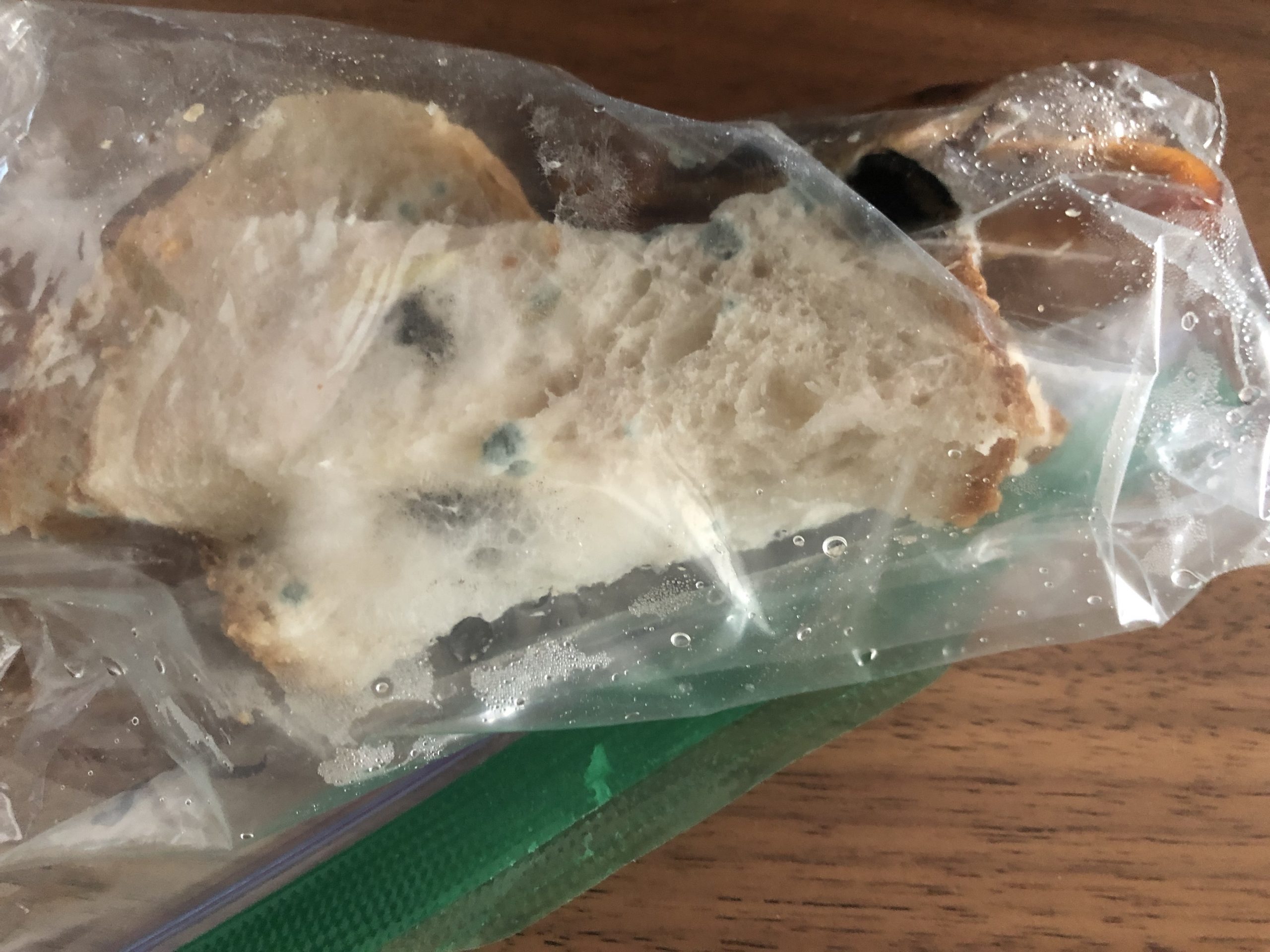
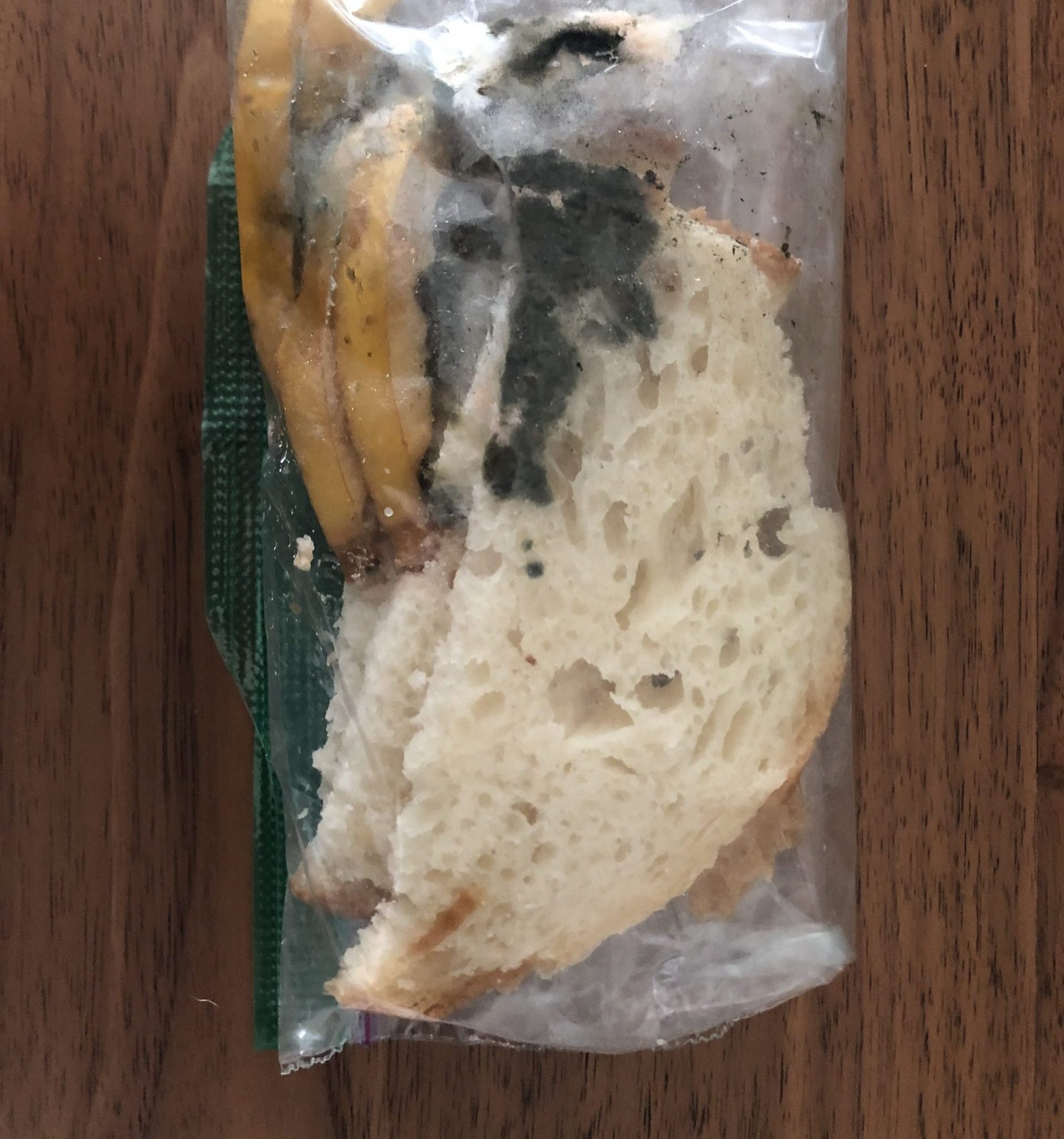
DISCOVERIES IN MICROBIOLOGY
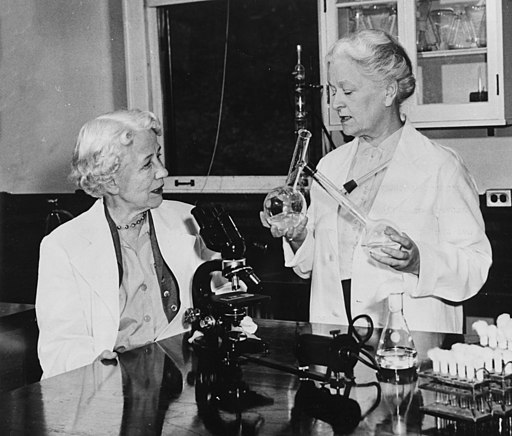 ELIZABETH HAZEN AND FULLER BROWN
ELIZABETH HAZEN AND FULLER BROWN
In 1950, American chemists Elizabeth Hazen and Fuller Brown discovered the antifungal drug nystatin. Hazen (in New York City) cultured hundreds of soil samples from around the world and tested them in vitro for activity against two fungi (Candida albicans and Cryptococcus neoformans). If the culture killed the two test fungi, she would mail the culture in a mason jar to Brown (in Albany New York). Brown isolated the active agent in the culture and would send it back to Hazen. Hazen would then test it again against the two test fungi. If the active agent from the culture killed the two test fungi, its toxicity was evaluated in animals. Nearly all the agents that killed the test fungi turned out to be highly toxic in animals. Hazen and Brown tested hundreds of soil samples from around the world. The one successful culture was found in soil from the garden of a friend of Hazen. The culture contained an active agent they named nystatin (for New York State). Nystatin has been used for years as an effective treatment for fungal infections of the skin, mouth, vagina, and intestinal tract.
